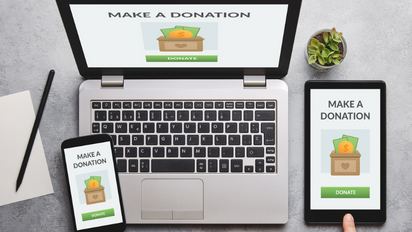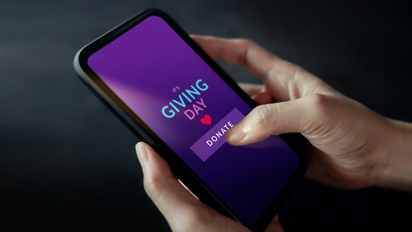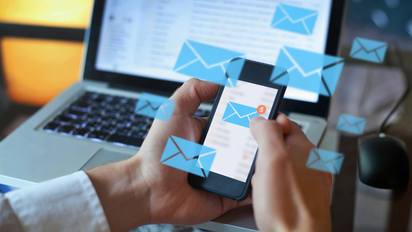The Latest
Emails are the linchpin of a thriving GivingTuesday campaign. But how can you ensure that your emails are cutting through the noise and bolstering your cause?
There’s a lot of information out there about email best practices, a good chunk of which can be conflicting and confusing. So to help you sift through the clutter and build the most engaging email campaign this GivingTuesday season, we’re busting five common email myths.
MYTH 1: Subject lines must be short and sweet
BUST: While many suggest subject lines with 60 or less characters, there’s a plethora of data that shows that subject lines with 70 or more characters actually increase your engagement. Why? Because subject lines are not “one size fits all.” Sometimes your idea can’t be limited to specific number of characters to maintain its effectiveness. And since your first goal is to increase your open and click-through rates, more details in your subject line can be helpful. As you’re crafting your subject lines to align with your GivingTuesday campaign and goal, utilize resources and A/B testing to help you evaluate the best subject line for your email.
MYTH 2: Some words cause your emails to go straight to spam
BUST: Internet service providers do NOT label emails as spam solely due to the inclusion of certain words or characters. In fact, your emails are not going to spam because of your content—they’re going to spam because of your engagement, or lack thereof. So long as the language you use coincides with your overall campaign messaging and theme, use any words and characters that drive your campaign home (e.g., “multiply” your donation this GivingTuesday, exclamation points at the end of sentences, use of emojis, capitalizations—though not ALL CAPS, etc.). One thing you should focus on when trying to avoid spam folders: your email list. Double and triple check your list to make sure that it’s comprised of people who subscribed or opted in. Otherwise, there’s a good chance that your email will be hitting their spam folder.
MYTH 3: There’s one perfect day and time you should send out your emails
BUST: While there’s a lot of research on what days and timeframes are best to send out emails (Tuesday between 9:00am-12:00pm is one current winner), you’re not the only one reading that data. The new “best” time to send your email is likely the same time that everyone else is also sending out their email. That coupled with the fact that 85% of people open their emails two days after they receive it makes the concept of “best” email days and times a bit questionable. What you should look at is why this information continues to change… drumroll: every audience is different. So while it’s beneficial to look at industry standards as a starting point, turn to your own data for your specific audience and implement A/B testing to see which days and timeframes have and continue to work best for you.
MYTH 4: Adding video to your email can boost your engagement
BUST: Videos are proven to ramp up overall engagement and are an effective tool to convey your GivingTuesday campaign goal. However, including a video file in your email may throw off its deliverability. Video files are often large in size and alter your email’s formatting, resulting in delayed or undeliverable emails. To circumvent this, try including a thumbnail of your video that’s linked to your donation page and shows your video in its entirety. Just make sure that your redirect link loads quickly, as those that take longer than a few seconds to load will lead to a higher abandon rate.
MYTH 5: Sending too many emails is a death wish
BUST: You may think that the more frequently you send emails, the more you’ll irritate your supporters… potentially to the point of unsubscribing. That’s not necessarily the case. In fact, multiple studies have shown how upping email frequency leads to increased engagement. However, the point of an email is to add value. So if you’re increasing your email frequency, you should be increasing the value you’re providing as well. In the case of your GivingTuesday campaign, this could be providing supporters with information about your goal, matching opportunities, or deadlines to maximize donations. One important thing to note is that it’s an election year and this year, Google is allowing political emails to bypass spam filters. Translation: inboxes will be even more flooded as you’re sending out your GivingTuesday emails—particularly leading up to and on Election Day on November 8. This will result in lower email open rates and more unsubscribes across the board. As you look at this year’s metrics, keep this in mind and know that your emails’ likely poorer performance doesn’t necessarily mean that you should alter your strategy.
Looking for more information?
For more information or assistance with your GivingTuesday strategy, check out our 12 Weeks of GivingTuesday resources or contact us at info@thelukenscompany.com.





